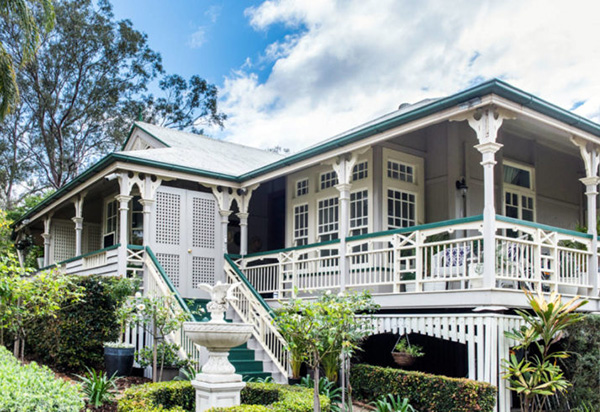
| Search JoyZine with Google Site Search! |
|
The Queenslander
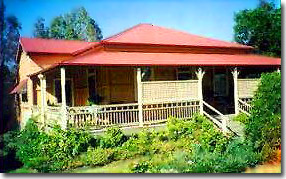
The Queensland house is perhaps the quintessential sign of Queensland. The wooden house on stilts surrounded by verandahs and lattice and capped by a red tin roof is synonymous with sub-tropical Australia, the outdoors and a leisurely way of life. It signals both a unique lifestyle and the uniqueness of its occupants. Houses, perhaps more so than other buildings, are read in terms of categories of intrinsic essence, as the vernacular, intrinsic to, and expressive of, a locality and its occupants. This identification goes so far that the house is commonly known as the "Queenslander". The Queensland house dates from the 1850s when the early settlers constructed primitive one- or two-room houses out of shingled timber. Soft woods such as cedar, oak, hoop pine, ash and beech were used in the construction. The houses had a steep pyramidal roof, a chimney and six-pane windows. Later settlers adopted a four square plan which became the classic Queenslander design. It was advantageous because it could accommodate different internal organisations of rooms. 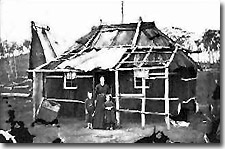
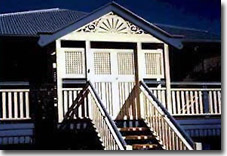
Most houses had an attached verandah at the front and sometimes at the back, which was often covered with corrugated iron. In the early houses, cooking was done in a lean-to out the back; this evolved into a separate room. In more substantial houses, the kitchen might be separated and connected by a passageway. Regionally, the form of the bungalow varied enormously. Even within Queensland, differences outweighed similarities. Indeed, one of the enduring features of The Queenslander is the sheer anarchism of individual houses where details, sizes and internal organisation run riot, the real sign of individual owners, builders and decorators. From the 1880s, the design became more elaborate with more internal rooms, more elaborate verandahs and more sophisticated finishing and decoration. The dominance of timber as the main building material (between 80 and 90% of houses between 1861 and 1969) persisted until the 1960s, though after the 1930s house design gradually lost the distinctive features generally associated with the Queenslander. 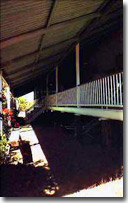
But even the verandah may not be as climatically suitable as is often thought; Bell noted that in North Queensland "only 7% of houses still had an open verandah," many having been enclosed by fibro panels or glass louvers, while in Southern Queensland only 20% of existing stock have "the encircling verandahs, regarded as a 'trademark' of the Queensland house." Even the use of lattice was not as common as is thought, being more common in North Queensland.
|
